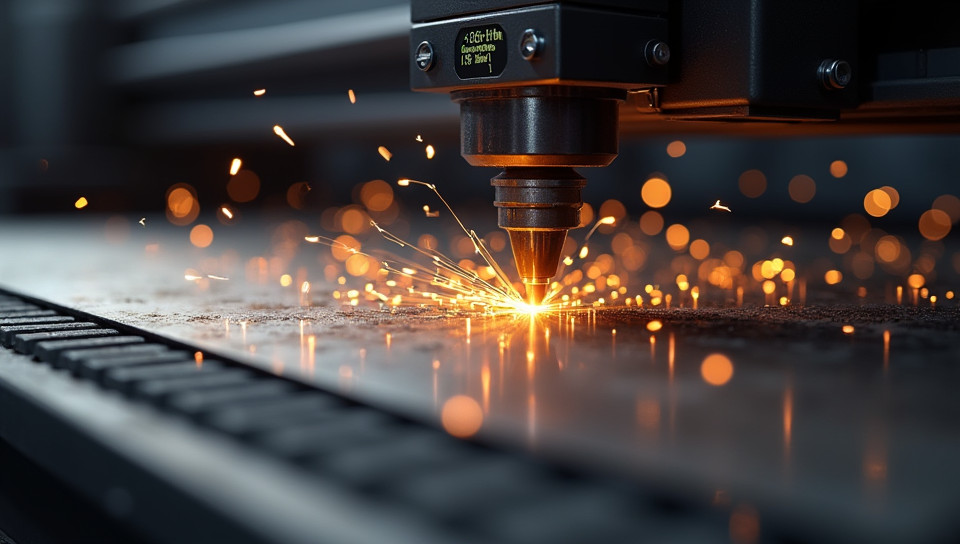Thin metal sheets are prone to distortion when laser cut 95%

The Hidden Dangers of Laser Cutting Thin Metal Sheets
When it comes to precision cutting, laser technology has revolutionized the manufacturing industry. However, despite its numerous benefits, thin metal sheets can be prone to distortion when subjected to laser cutting. This phenomenon is often overlooked, yet it can have significant consequences on the quality and functionality of the final product.
The Science Behind Distortion
Laser cutting works by using a high-powered beam of light to vaporize or melt the material being cut. Thin metal sheets are particularly susceptible to distortion due to their low thickness-to-strength ratio. As the laser beam interacts with the sheet, it can cause localized heating and thermal expansion, leading to unwanted warping or bending.
Factors Contributing to Distortion
Several factors can contribute to distortion when cutting thin metal sheets:
- Material properties: The type of metal used can affect its tendency to distort. Some metals, such as aluminum, are more prone to warping than others.
- Laser settings: Incorrect laser parameters, such as power and speed, can lead to uneven heating and thermal expansion.
- Sheet thickness: As mentioned earlier, thin metal sheets are more susceptible to distortion due to their low thickness-to-strength ratio.
- Cutting direction: The orientation of the sheet during cutting can also impact distortion. Cutting in certain directions may cause the material to warp or bend.
Mitigating Distortion
Fortunately, there are ways to minimize distortion when laser cutting thin metal sheets:
- Optimize laser settings: Carefully calibrating the laser parameters can help reduce thermal expansion and prevent warping.
- Use a suitable assist gas: An assist gas, such as nitrogen or oxygen, can help cool the material and prevent thermal damage.
- Implement pre-cutting treatments: Pre-treating the sheet with techniques like mechanical deburring or chemical etching can improve its stability during cutting.
Conclusion
Thin metal sheets are indeed prone to distortion when laser cut, but by understanding the underlying causes and taking steps to mitigate them, manufacturers can reduce this risk. By optimizing laser settings, using suitable assist gases, and implementing pre-cutting treatments, we can ensure high-quality cuts and accurate results. Whether you're a seasoned manufacturer or an innovative startup, recognizing the potential for distortion and taking proactive measures is essential for producing top-notch products that meet industry standards.
- Created by: Mùchén Chu
- Created at: Jan. 11, 2025, 11:28 a.m.
- ID: 17633









